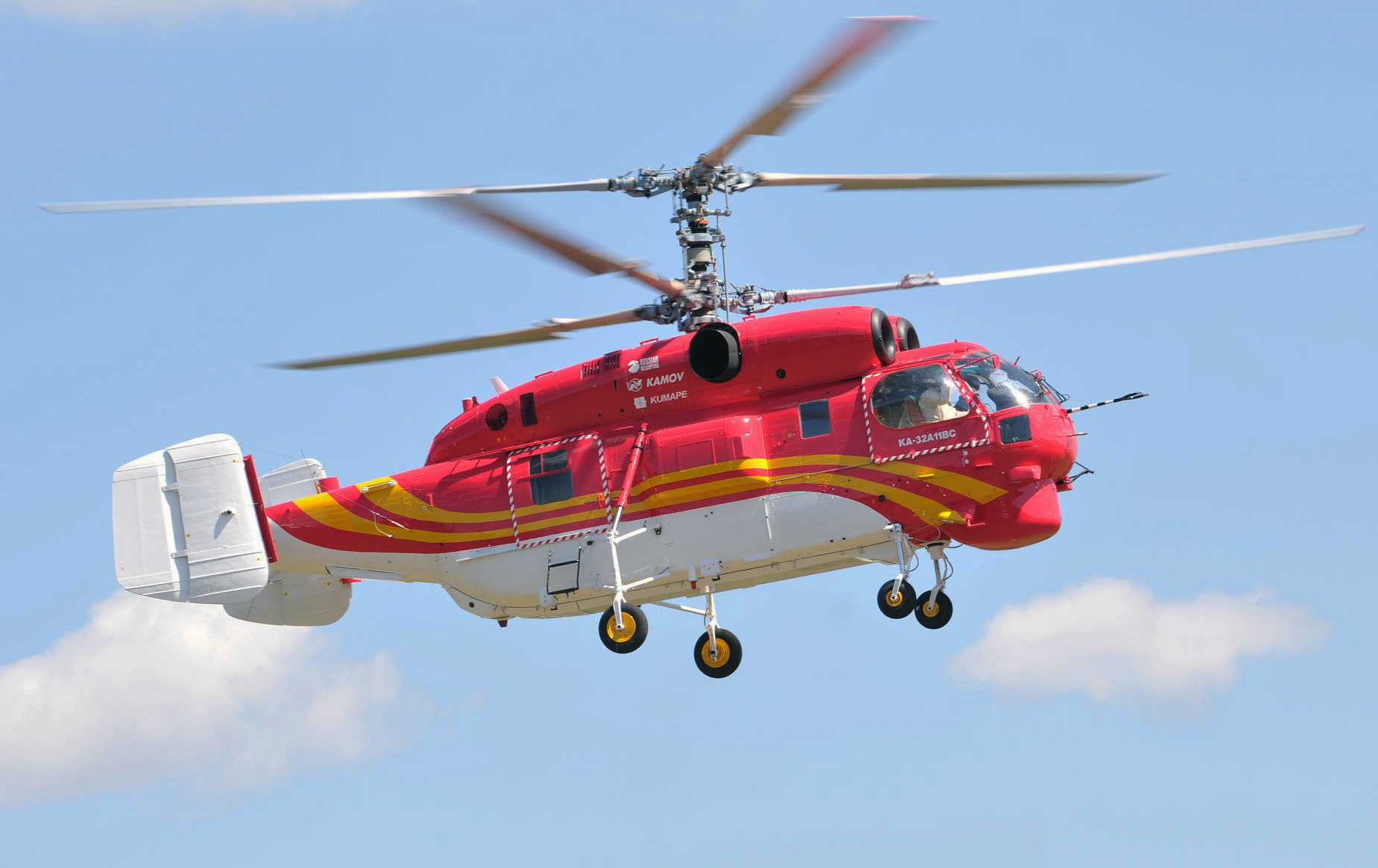An interim report on 2013 shows steady growth at Mil and Kamov parent Russian Helicopters, with production of 303 aircraft for Russian and international customers exceeding the 290 delivered in 2012 by 4%. Efficiency also appears to be improving on the back of investment in processing, plating and composite materials production, helping to lift output per employee by 12.4% to Rb3.4 million ($100,000).
As of 11 December, the order book stood at 772 helicopters worth over Rb370 billion (down from 817 units at end-2012); the book is 100% full for 2014, 73% for 2015 and 25% for 2016.
The year, which saw Alexander Mikheev take over in September as chief executive, replacing Dmitry Petrov, who has moved within parent Rostec State Corporation, ended with a publicity coup when a Kamov Ka-32A11BC enabled a dramatic Antarctic rescue. The helicopter (pictured), based on the Chinese icebreaker Xue Long, made five flights on 2 January to evacuate passengers aboard a research vessel which become trapped in sea ice about 1,500nm from Australia on Christmas Eve, after it proved unreachable by either the Xue Long or an Australian icebreaker operating in the area. Guardian journalist Alok Jha, one of the passengers trapped aboard the Akademik Shokalskiy, detailed the rescue.

Russian Helicopters’ key priorities for 2014 will be “slashing the timeframe for bringing the new multi-role Ka-62, Mi-38, and Mi-171A2 helicopters to market,” Mikheev says.
The company will also proceed with development of a new light helicopter in the 2.5t class, following its collaboration agreement AgustaWestland late in 2013, and work with Turbomeca on opening service centres to support the commissioning of the Ka-226T and Ka-62, equipped with French engines.
Russian Helicopters will detail its 2013 financial performance in March.
Source: FlightGlobal.com
















